The city government of Urumqi, the region’s capital, announced new lockdown measures, to local residents’ displeasure.
Urumqi officials ordered all villagers to stay at home, with only Party-appointed staff allowed to go to markets on their behalf.
“Urumqi’s new measures show that the outbreak is out of control in the city, and the CCP virus has spread from urban areas to villages,” said U.S.-based China affairs commentator Tang Jingyuan.
Outbreak in Urumqi
On Aug. 11, the Xinjiang Health Commission announced that 567 people were treated for COVID-19 at hospitals.The announcement stated 223 diagnosed patients had been discharged between July 15 to Aug. 10, which means at least 790 people (567 plus 223) had been diagnosed with COVID-19 in Xinjiang in the past month. Most of them are from Urumqi.
Chinese authorities identified 131 others as asymptomatic carriers—officials authorities count them in a separate category—while 15,658 people were isolated as close contacts of the diagnosed patients or asymptomatic carriers.
However, locals told The Epoch Times in past weeks that they believed the outbreak was more severe than how authorities portrayed, based on information they collected from hospitals and other sources.
Meanwhile, Urumqi director of agricultural affairs Li Xiangrun announced at an Aug. 7 press conference that “we separately manage the residential areas and farming areas in the countryside,” adding that all non-agricultural-sector workers will be told to stay at home while farmers will be kept in isolation at their farmland.
Li said all public places in rural areas will be closed down, except grocery stores and pharmacies. Only Party officials and the appointed volunteers could go shopping for food and necessities on behalf of villagers. All who need food or medicines should apply for making purchases via these Party staff, he said.
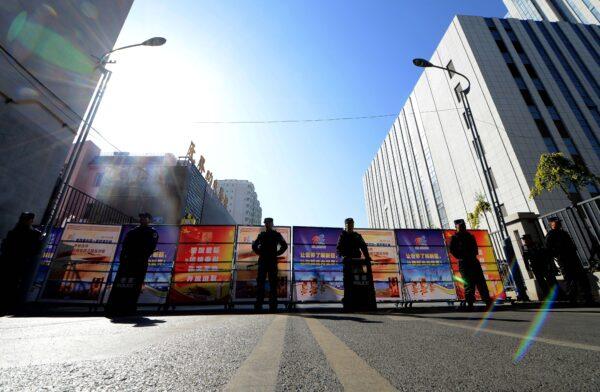
All of Xinjiang on Lockdown
Since Xinjiang announced its first CCP Virus infection in this latest outbreak on July 16, the local government has launched various lockdown measures throughout the region.Though authorities only announced infections in Urumqi, Kashgar, Changji, and the regional paramilitary Production and Construction Corp, the entire region has been locked down, according to residents.
Tacheng is northwest of Urumqi, and a border prefecture to Kazakhstan. He rode his bike about 2,900 miles from Shanghai to Tacheng, and entered Xinjiang on July 1.
In late July, villages and cities in Tacheng prefecture set up checkpoints and do not allow anyone to enter if he or she doesn’t have a travel permit.
The rider said he begged the officers to send him to a quarantine center and that he would not mind paying the cost, but they did not allow it. He then begged the officials to send him back to Shanghai, but was again refused. He begged them to provide food and drink, to no avail.
He was forced to stay put for about ten hours on the road. “I really can’t understand if they are saving people [with the lockdown] or killing a healthy person?” the rider said. “I am waiting for death in this deserted area.”
As of press time, he did not provide new social media updates. It is unclear what became of his fate.
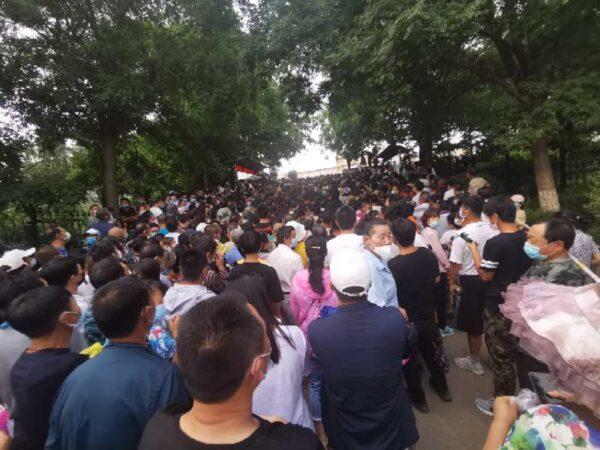
Outbreak Scale
On Aug. 5, Hangzhou city in eastern China’s Zhejiang Province announced that a student from Yarkant County in Xinjiang was identified as an asymptomatic carrier when he tried to undergo eye surgery at a local hospital.Both the student and his mother had no symptoms. They were at the Urumqi airport for several hours to transfer flights on July 13. It is unclear whether other people were infected while the student and his mother traveled.
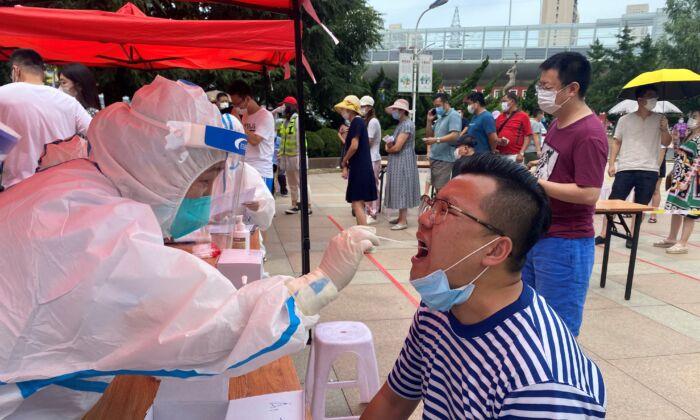

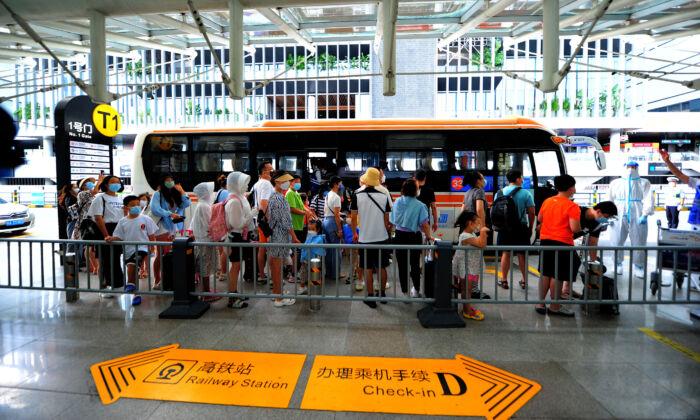
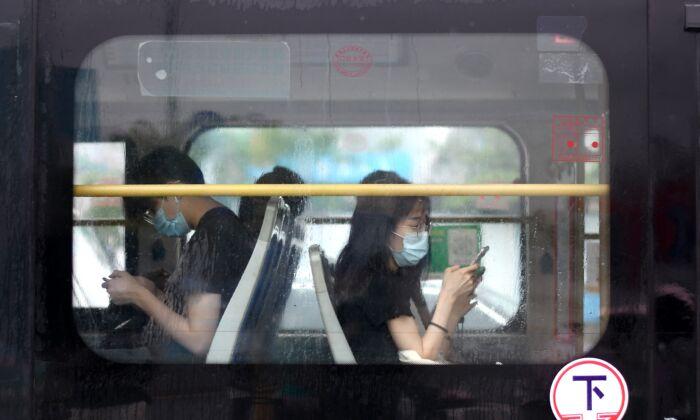


Friends Read Free